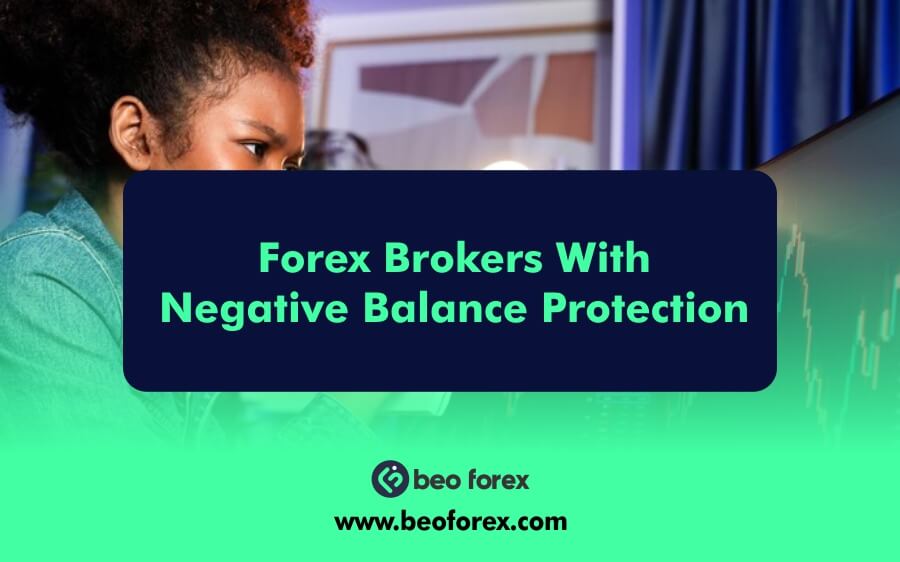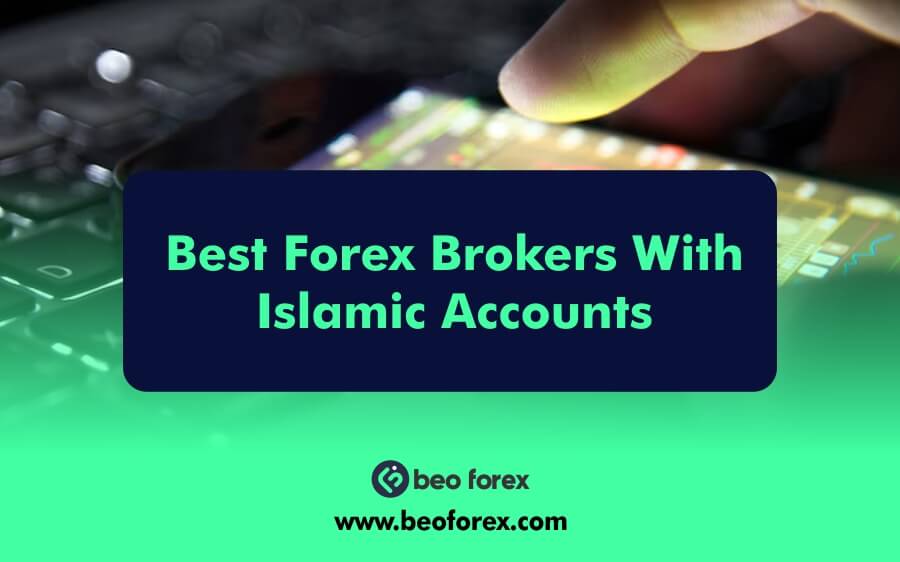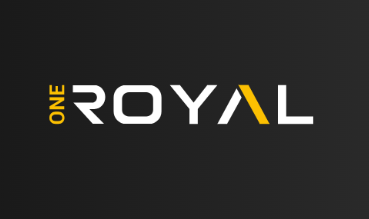The over-the-counter (OTC) Foreign Exchange market (Forex, FX, or currency market) is a market for exchanging currencies. Every currency’s foreign exchange rate is determined by this market. It encompasses all aspects of purchasing, selling, and exchanging currencies at current or fixed prices.
You may have noticed a number of forex commercials recently that say “My name is XYZ.” Previously, I used to work nonstop to support a mediocre lifestyle. But after opening an account with ABC Forex, I’ve been able to earn lakhs in a short period of time.” These are just online forex trading platforms that are defrauding consumers all over the world.
Before you fall into one of these traps, make sure you understand everything there is to know about the currency market and what forex trading entails. When should one invest in Forex Trading, how, where, and when?
Currency trading is done on the forex market, commonly known as the Foreign Exchange Market. Similarly to how shares are exchanged on the stock exchange, commodities are traded on the commodity exchange, and currency is traded on the FX market. Every country in the globe has its own currency, just as India has Rupees, the United States has Dollars, the United Kingdom has Pounds, and Japan has Yen.
Is it possible to make money by trading currencies based on market fluctuations? Yes, it is correct. In the year 1992, a man named ‘George Soros’ achieved a one-billion-dollar profit from currency trading. As a result, the Bank of England was forced to bend down to him, and England was forced to declare a ‘Black Wednesday.’
“Markets are always in a condition of uncertainty and flux,” George Soros says, “and money is made by discounting the obvious and betting on the unexpected.” Simply put, markets are volatile, and if you think differently than everyone else and seize opportunities when they arise, you can earn from currency trading in ways that no one else has.
Let’s start by figuring out who all participates in the currency market. Importers, Exporters, Banks, and Speculators all participate in the forex market. Let’s take a closer look at this. Foreign Reserves are required to be maintained at a certain level by all banks in all nations.
So, what exactly do you mean when you say “foreign reserves”? Let’s have a look at this concept. When it comes to India, the country does not produce all it consumes. Many things, such as crude oil, are necessary to be imported from other countries.
If we look at the data on imports, we imported roughly 33% of this crude oil from other countries in 2018. Consider this: if we are importing crude oil from Saudi Arabia, we cannot pay in INR; instead, we must pay in USD. Because our currency is INR, our banks must keep USD on hand. As a result, maintaining our own currency alongside the currencies of other countries is referred to as Foreign Reserves.
If you want to trade USD/INR in India, you can do so at the National Stock Exchange. If you trade futures here, you’ll see that deals are done in lot sizes. The minimum lot size is 1000 units. Consider the following scenario: if $1 is worth Rs. 70, how many Rupees are required to buy $1000? 70*1000 = Rs. 70,000 is an easy calculation.
Is this to say that trading futures in India requires a payment of Rs. 70, 000? No. Trades in the Futures Market are made by depositing an Initial Margin. What exactly is this so-called “initial margin”? You are not required to pay the full amount of Rs. 70,000 in order to purchase a contract worth Rs. 70,000.
You can trade after paying roughly 3% to 5% of the original margin. The total price of the contract is Rs. 70,000, hence 3 percent of Rs. 70,000 equals Rs. 2100. As a result, you can acquire the entire Rs. 70,000 contract for just Rs. 2100. Anyone can readily trade futures by depositing merely the initial margin.
One thing to keep in mind is that if you buy the contract with a Rs. 2100 initial margin and the rate/price of 1 USD rises by Rs. 1. Then, because the lot size is 1000* Re. 1 = Rs. 1,000, you profit Rs. 1,000. However, if the price of USD declines by Re. 1, you will lose Rs. 1,000.
It is critical to recognize that the Futures market is a two-edged sword. Both the chances of making a profit and the chances of losing money are equal.
If your trade goes bad after depositing the initial margin, you can take the loss and exit the contract. “The most difficult option when you are losing is to cease trading,” says Mario Urlic, a well-known Wall Street trader.
Alternatively, if you believe the loss is only temporary and you want to keep your job, you’ll have to pay the amount of the loss and then you’ll be able to keep your job. The Maintenance Margin is the term for this.
So you’ve made a deposit of Rs. 1000 and are still in the game. If the price of the USD rises again and you make a mistake, you’ll have to deposit the maintenance margin to keep your position open. You can trade in the futures market by depositing initial and maintenance margin in this manner.
Importers and exporters tend to hedge their positions in the international market by employing initial and maintenance margins.
Consider the following scenario: you want to buy your girlfriend a magnificent imported diamond ring that costs around USD 100. The ring costs roughly Rs. 70,000 (Rs. 70 *100 = Rs. 70,000) at the current exchange rate of 1 USD = Rs. 70. To get this ring, you’ll need to save Rs. 70,000 for around a month.
You successfully raise Rs. 70,000 after a month, but the rate of 1 USD rises to Rs. 75, thus the ring would now cost you roughly Rs. 75, 000 (Rs. 75*100 = Rs. 75,000). However, you only have Rs. 70,000 on hand, leaving you with a shortfall of Rs. 5000.
Simply you could have hedged your position at the start of the month by buying the USD/ INR contract on the exchange, knowing that you only have to pay initial margin to acquire the futures contract.
Assume you paid Rs. 2100 for the original margin and kept Rs. 3000 to 4000 for the maintenance margin. By the end of the month, the price of the US dollar had dropped to Rs. 75 per dollar, resulting in a profit of Rs. 5000 (Rs. 75*100 = Rs. 75,000).
It means that by the end of the month, you would have accumulated Rs. 70,000, plus this Profit of Rs. 5000, for a total of Rs. 75,000, and you could easily buy that ring for Rs. 75,000.
As a result, both you and your girlfriend would be content. This was achievable because you had hedged your position at the start of the month by purchasing a contract on the exchange.
Anyone who believes there is an opportunity to trade currencies due to the fluctuations taking place can do so in this manner, whether it is a bank, an importer or an exporter in the currency market who wishes to hedge, or anyone who believes there is an opportunity to trade currencies due to the fluctuations taking place.
When it comes to the stock market and the USD/INR exchange rate, anytime the stock market has fallen due to higher valuations, the USD has climbed and done well. The USD/INR climbed by 28 percent in 2008, when the market’s PE reached 28 and the market crashed from a higher valuation by roughly 60%.
Similarly, when the market fell by 23% from a greater valuation in 2011, the USD/INR climbed by 22%. Even in the year 2015-16, when the market fell by 31% due to greater valuations, the USD/INR rose by 30%.
As a result, anytime the market swings in a negative manner, the market is sliding from a greater valuation, and you spot an opportunity in USD/ INR, you can invest and profit accordingly.
Mr. Warren Buffet, the Wall Street giant, once said, “We don’t have to be smarter than the rest; we just have to be more disciplined than the rest.”
Why is it that if the stock market plummets, the USD rises in value? This is because every time the stock market falls from a greater valuation, Foreign Institutional Investors (FIIs) have always gone on a selling binge, and the money they receive is in INR, which they can’t utilize, so they convert it to USD, which raises demand for USD. So, anytime a circumstance like this arises, one can go to the National Stock Exchange and trade USD/INR futures.
In India, the Reserve Bank of India and the Securities and Exchange Board of India (SEBI) allow authorized brokers to trade currency futures in the pairs USD/ INR, EURO/ INR, GBP/ INR, and YEN/ INR, as well as cross currencies such as GBP/ USD, EURO/ USD, and USD/ YEN, only on the authorized exchange.
It is illegal to trade with non-authorized brokers and international brokers. According to the Foreign Management Act of 1999, moving money to a foreign broker for margin funding is deemed a felony, and transferring this amount through credit card is regarded a second offense.
The majority of international brokers claim to be approved brokers, however this designation is meaningless because they are authorized by self-regulatory organizations rather than genuine governments. They’re also based on far-flung islands, so no one can access them.
As a result, if you come across an opportunity to trade currency futures, you can do so on a licensed stock exchange. It was everything about forex trading in this article. Until the next post…
Happy Investing, Happy Trading!!!

























